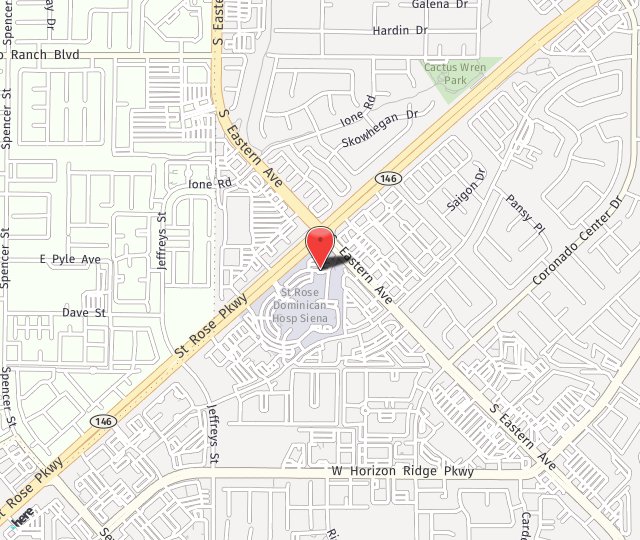DVT means deep venous thrombosis. It is when a blood clot develops in a vein, usually the leg or pelvis. 50% of untreated blood clots can get dislodged and travel to the heart and lungs. When a blood clot blocks an artery to the lung it is called a pulmonary embolus. Each year, up to 900,000 people develop a DVT, and 100,000 of them die from pulmonary embolus. Up to one third of patients who have had a DVT will have another one.
The American Society of Plastic Surgery reports that up to 20,000 of plastic surgery patients will get a DVT each year. Longer general anesthesia times have higher risks for DVT. 1 out 100 patients undergoing Abdominoplasty or Tummy tuck surgery will get a DVT. 1 in 200 patients may get a DVT after facelift surgery. Lower body lift surgery or circumferential body lifts have the highest risk of 9.3%.
Risk factors for DVT include the following:
- Strong family history of DVT
- Long car rides or airplane rides
- Long periods of bedrest or immobility
- Smoking
- Congestive heart failure
- Cancer
- Trauma
- Surgery
- Obesity and advanced age
- Hormones or birth control pills
- Pregnancy
- Certain medications used to treat cancer like Tamoxifen
- Previous history of DVT or pulmonary embolus
- Inflammatory Bowel Syndrome
- HIV
- Nephrotic syndrome
- Polycythemia vera, essential thrombocytosis
- Paroxysmal nocturnal hemoglobinuria
Some people have medical conditions that predispose them to form blood clots. The following are inherited disorders that predispose to blood clots:
- Antiphospholipid Syndrome
- Factor V gene mutation
- Deficiency of antithrombin
- Protein C or S deficiency
- Prothrombin gene mutation
- Elevated Homocysteine
- Elevated fibrinogen or dysfunctional fibrinogen
- Increased Factor VIII, IX, or XI
- Low Plasminogen
- Increased Plasminogen Activator Inhibitor
Cosmetic plastic surgery procedures are elective. DVT and pulmonary embolus can be life-threatening. All patients considering plastic surgery are evaluated for potential risk factors for DVT. Patients on hormones or birth control pills undergoing general anesthesia times greater than 30 minutes are asked to stop their hormones ahead of surgery. All patients having surgery need to walk right after surgery and leg compression machines are used in all cases. Blood thinners such as lovenox are prescribed in patients undergoing abdominoplasty surgery or in patients with risk factors.
Patients with a personal history of DVT or Pulmonary Embolus, or those with an inherited hypercoagulable disorder as listed above are advised not to undergo unnecessary surgery. In these cases it is not worth risking your life to look better.

